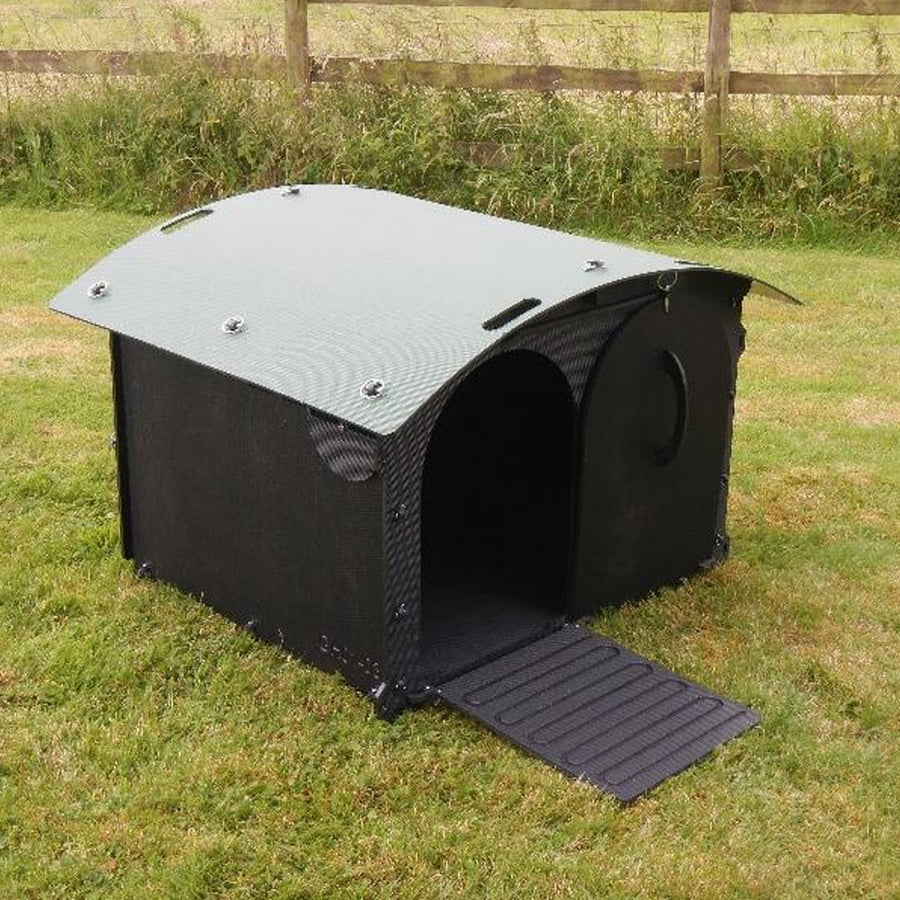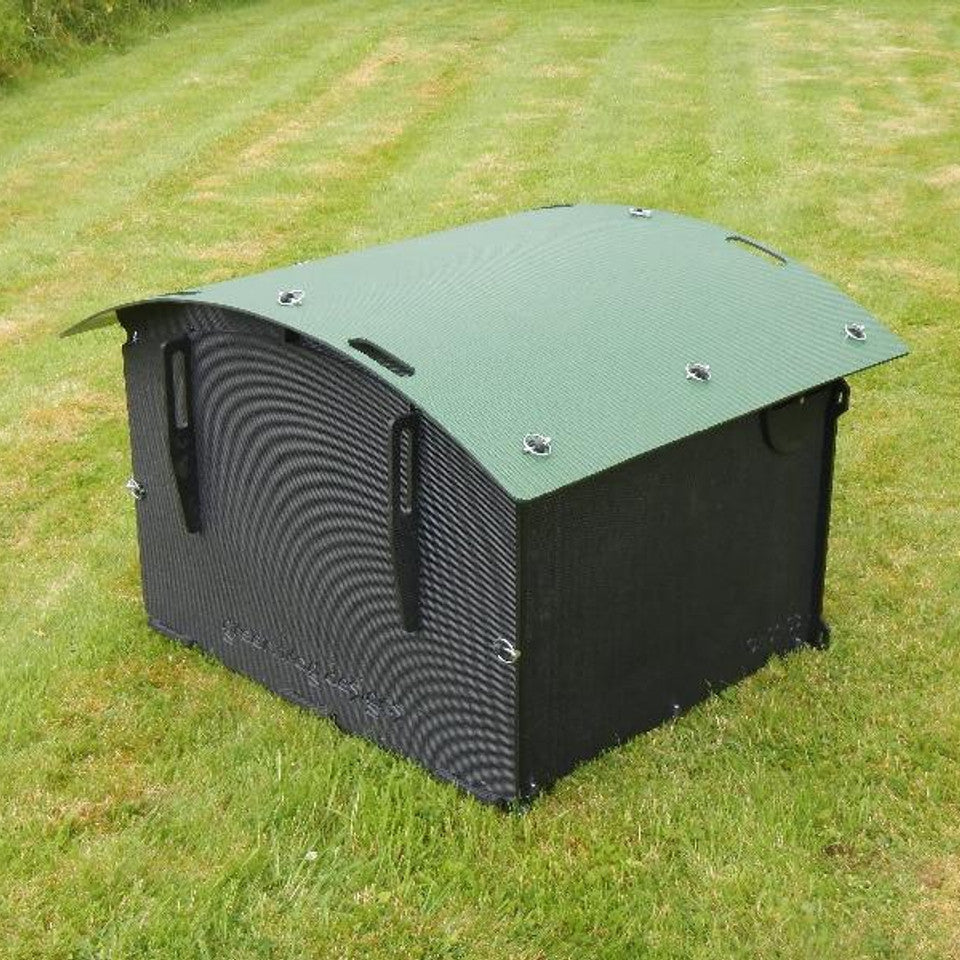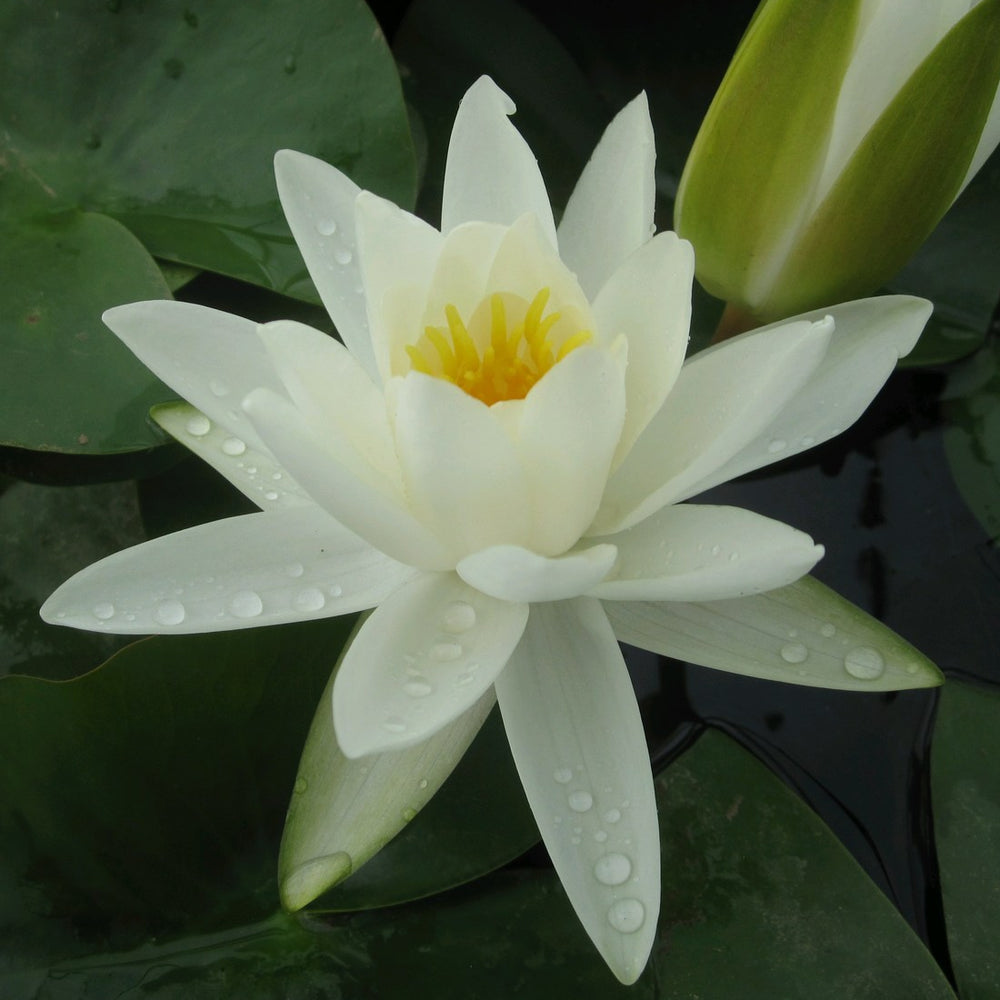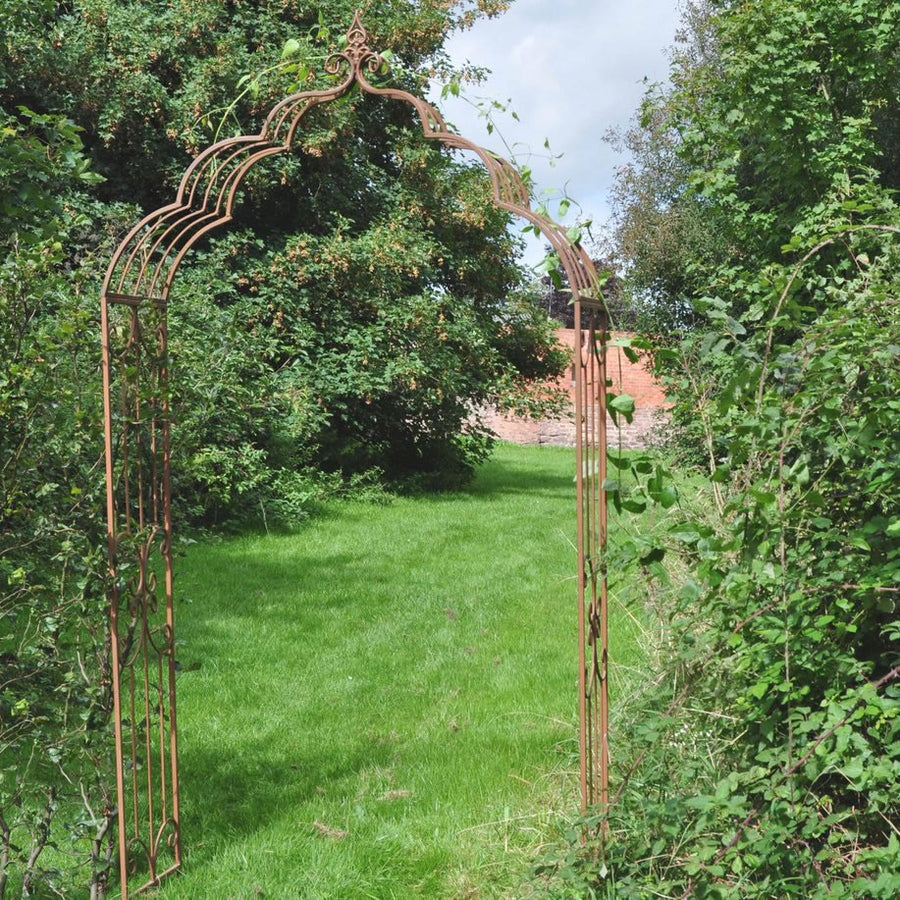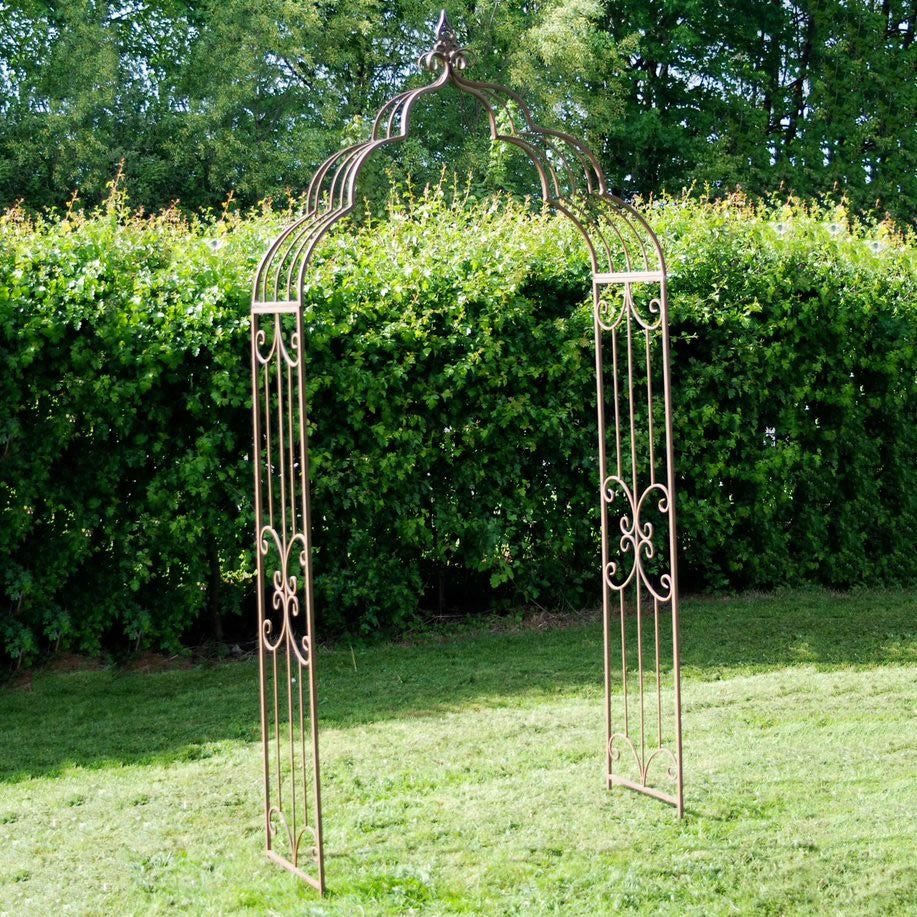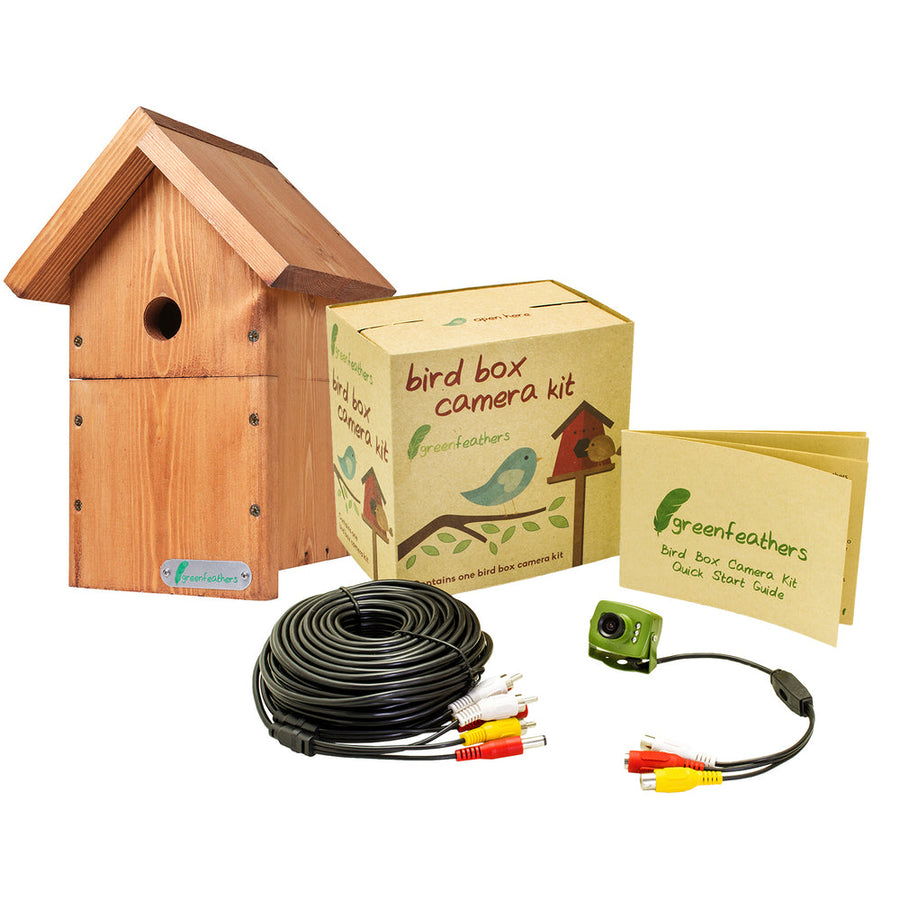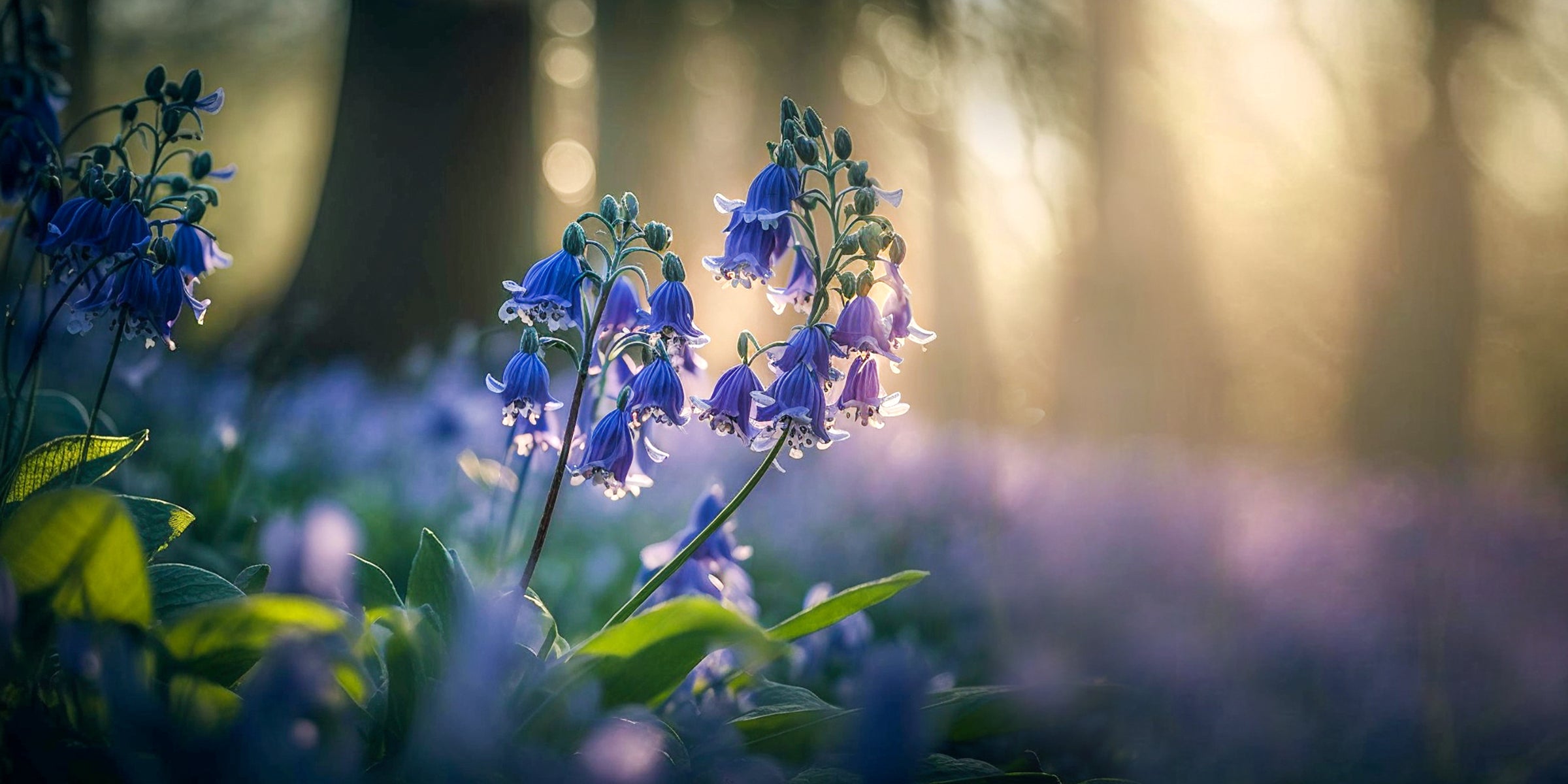
Hyacinthoides (Bluebells)
Bluebells’ iconic spring blooms (April – May) are a vital nectar source for early bumblebees (Bombus pratorum), honeybees (Apis mellifera), and hoverflies (Rhingia campestris), with their bell-shaped flowers perfectly suited for long-tongued pollinators. The plant’s sweet nectar attracts the rare Chelostoma rapunculi bee, a specialist visitor. Bluebell woods provide critical habitat for woodland butterflies like the pearl-bordered fritillary (Boloria euphrosyne), while their dense foliage shelters ground beetles and spiders. The UK-native species Hyacinthoides non-scripta, form symbiotic relationships with mycorrhizal fungi, enriching soil biodiversity. Planting bluebells under deciduous trees supports entire ecosystems, from pollinators to decomposers.


